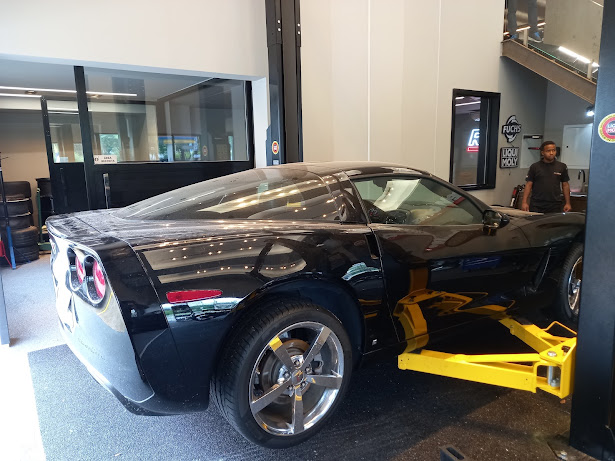Why Is Vehicle Noise a Problem?
We have solutions
Nill Noise cars and light truck
LOCATING THE SOURCE OF THE RATTLING NOISE
Types of noise
Airborne noises: Airborne noises are the most common and the easiest to transmit. They have a low or medium intensity. Examples: channeled wind, noise from cars, motorcycles, trucks or machinery...
Impact noises: These are noises produced by vibrations transmitted through the vehicle's structures. Ex. Loose parts, loose protectors, misadjusted accessories or coverings, panel, tebelier, console, ceiling coverings, etc.
These are the most complicated to mitigate because it is necessary to act in the place where they are generated.
Soundproofing a space: Avoid echoes and reverberations and prevent the transmission of sound to the outside. For example, when the continuity of a noise is limited, a noise generator is used on site to prevent it from spreading to other regions.
The first step in reducing vehicle noise is to determine where it’s coming from. However, road noise and noise from the vehicle itself can be a contributing factor. Some issues require only a quick fix; others may need a little more investment.
The ambience of a car's interior has been a recurring request for many years, both the sound of a moving car, and the sound inside a car when it is raining outside
Even though most work vehicles have some sort of built-in sound-deadening features, it’s often not enough for a quiet ride. Sound deadening-panels for the ceiling, walls, and doors can be purchased as an aftermarket add-on for many models.
Soundproof The Wheel Arches
Soundproofing your wheel arches consists of adding some soundproofing material to the wheel arches. This will muffle the sounds coming from the tyres- which can be a big source of noise.
Add Insulation To Roof Of The Car
Soundproof The Hood Of The Car and light trucks
How To Reduce Wind Noise In Your Car













.jpg)
























